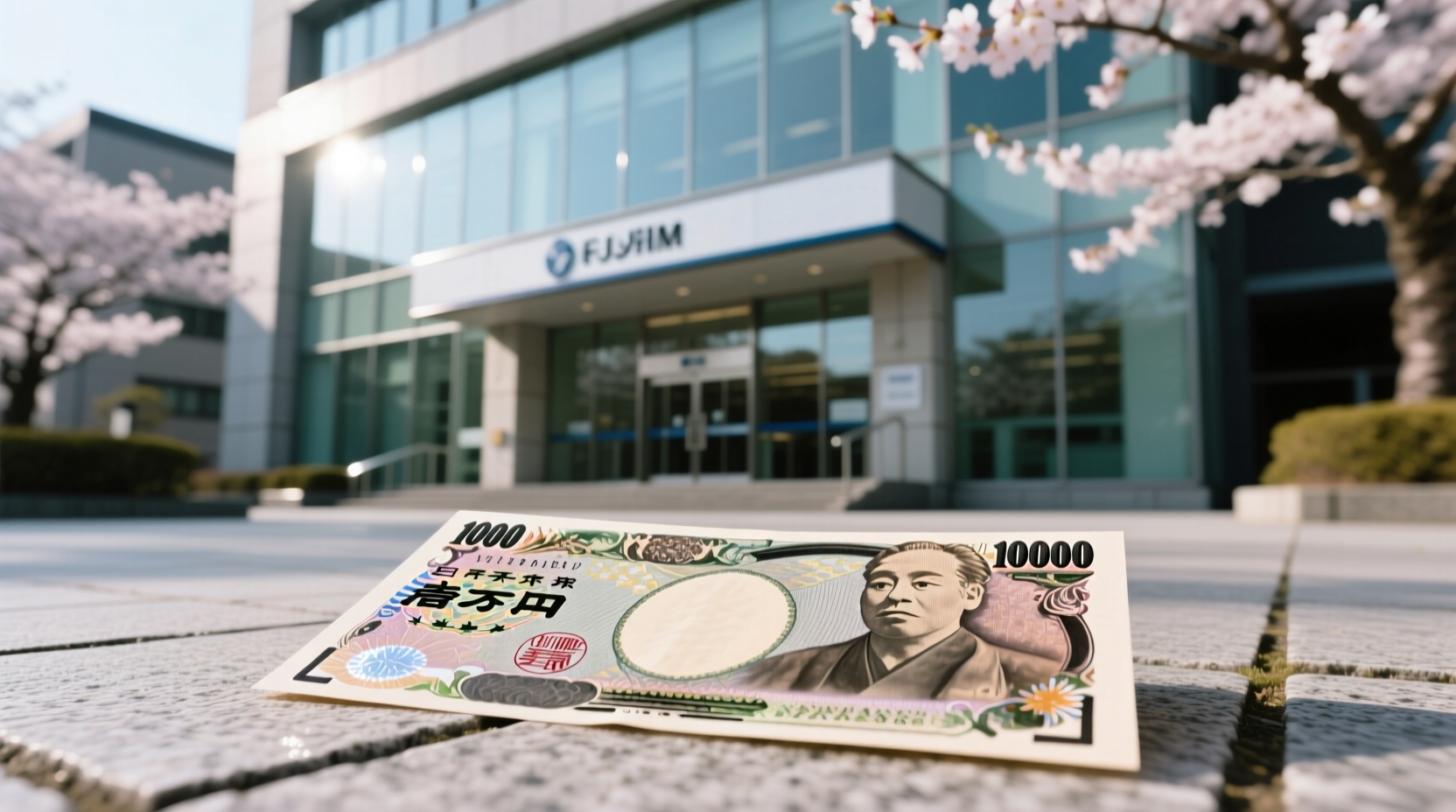Japan’s first yen-backed stablecoin issuer, JPYC, has said rising demand for digital assets could position stablecoin reserves as a major force in the country’s government bond market.
Key points:
- JPYC, Japan’s first yen-backed stablecoin issuer, could become a major buyer of Japanese government bonds, potentially influencing the Bank of Japan’s monetary policy.
- The company plans to expand its stablecoin circulation to 10 trillion yen over three years, allocating 80% of proceeds to JGBs and 20% to bank deposits.
- JPYC aims to strengthen the yen’s presence in the global stablecoin market, highlighting the growing intersection of digital assets with traditional finance.
JPYC CEO Noritaka Okabe told Reuters on Tuesday that stablecoin issuers could emerge as significant buyers of Japanese government bonds in the coming years, potentially affecting the central bank’s influence on monetary policy.
On October 27, JPYC launched its yen-pegged stablecoin, issuing roughly 143 million yen to date. The company aims to expand circulation to 10 trillion yen (around $64.5 billion) over the next three years. Okabe stated that JPYC seeks to strengthen the yen’s presence in the expanding digital asset market, where U.S. dollar–pegged stablecoins currently account for 99% of global supply.
“Various assets are now traded on blockchains real-time across the world. But the stablecoin market is dominated by the dollar, which is a disadvantage to Japanese firms that need to pay extra hedging and transaction costs,” Okabe stated. “Japan must ensure the yen has a presence in the global stablecoin market,” he added.
Furthermore, Okabe noted that as the Bank of Japan scales back its bond purchases, stablecoin issuers could become major holders of Japanese government bonds (JGB) in the coming years. JPYC plans to allocate 80% of its proceeds to JGBs and the remaining 20% to bank deposits.
Okabe warned that the growing role of stablecoin issuers could limit the Bank of Japan’s monetary policy flexibility, as their JGB purchases would increasingly depend on stablecoin supply and demand dynamics.
“While authorities could try to control the duration of bonds stablecoin issuers buy, it would be hard for them to control the volume they hold,” Okabe stated. “This will happen around the world. Japan is no exception,” he added.
JPYC’s move spotlights a broader trend of digital assets intersecting with traditional finance, signaling a potential shift in how central banks and private issuers influence national debt markets.
Read More
- Japan FSA May Let Banks Hold Crypto: What This Could Mean for SHIB Holders
- Japan’s Finance Minister Backs Crypto — What It Could Mean for SHIB
- Game Changer? Japan Moves to Classify Crypto as a Financial Product
Michaela has no crypto positions and does not hold any crypto assets. This article is provided for informational purposes only and should not be construed as financial advice. The Shib Magazine and The Shib Daily are the official media and publications of the Shiba Inu cryptocurrency project. Readers are encouraged to conduct their own research and consult with a qualified financial adviser before making any investment decisions.









